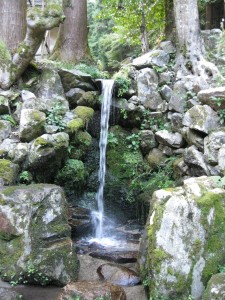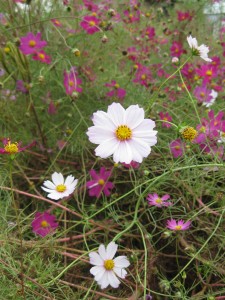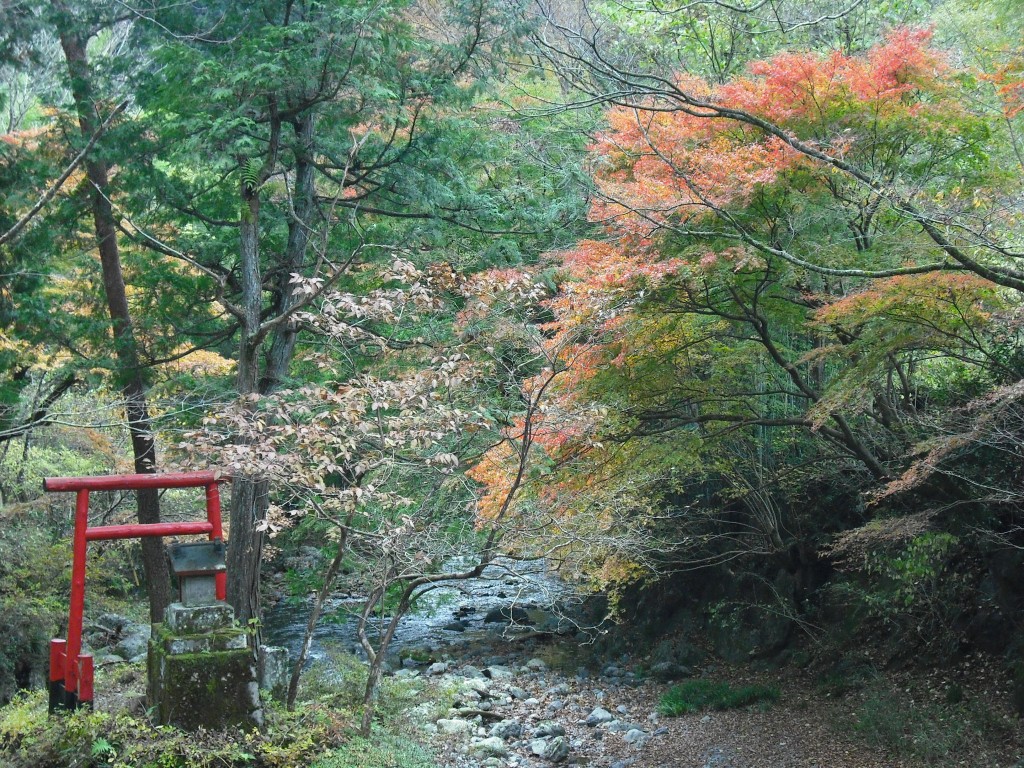This extract is taken from an article by William Horden in The Huffington Post last Friday (Nov 18):
http://www.huffingtonpost.com/william-horden/the-tao-of-green-part-2_b_1070108.html?ref=religion
**************************************************************************************************************************************
 The inevitable fully green society is not simply waiting for the reformation of social institutions that have vested interest in maintaining the status quo. If only it were that easy. No, what the inevitable fully green society is waiting for is the transformation of human nature.
The inevitable fully green society is not simply waiting for the reformation of social institutions that have vested interest in maintaining the status quo. If only it were that easy. No, what the inevitable fully green society is waiting for is the transformation of human nature.
We are not going to be able to rein in the powerful institutions that stand in the way until we rein in the worst traits of humanity — those that allow us to desecrate nature and exploit our fellow human beings without conscience or thought of the long-range consequences. As I pointed out in Part 1 of this series, I find that Taoism is particularly timely in addressing the dilemmas we face through its profound love of both humanity and nature.
Taoism is the indigenous lifeway of ancient China, a philosophy based on bringing people into accord with the Tao, or Way, that creates and sustains all form from within. Like many other schools of thought that seek to ground individuals in the living reality of nature and psyche, Taoism begins with the traditional recognition that the Way is beyond the rational mind’s grasp of words and ideas.

The Tao that can be spoken is not the Tao itself.
The name that can be given is not the name itself.
The unnameable is the source of the universe.
……
Its wonder and manifestations are one and the same.
Since their emergence, they have been called by different names.
Their identity is called the mystery.
From mystery to further mystery:
The entry of all wonders!
~~ Tao Te Ching, Chapter 1, trans. Chang Chung-yuan
This famous passage introduces several key points that make it particularly well-adapted to green philosophy. First, it recognizes that there exists a mysterious immaterial force at work in the on-going creation of matter and life. Second, it recognizes that its spiritual wonder and material manifestations are one and the same. And, third, it recognizes that focusing on the self-sameness of spirit and matter is the Way to a personal, first-hand, experience of the unnameable source of the universe.
In short, we are brought into accord with the immaterial source of creation when we experience all matter as spirit. Seeing that everything physical is the sacred necessarily alters our perception of self and other, drawing us into the oceanic experience of the non-duality of the One. If all matter, in other words, is sacred, then it becomes impossible to treat it otherwise: neither other people nor nature can be harmed.

Harmony with nature; Shinto too could take a leading role

Leave a Reply